Introduction
EMI is a form of electromagnetic radiation: a combination of electric and magnetic waves traveling outward from anywhere that an electrical power signal is changing or being turned on and off rapidly
Where this gadget excels is spotting “phantom” or “vampire” energy loads.
More correctly called standby power, this is the amount of electricity that constantly flows through some electronic devices, even when they’re supposedly switched off or in standby mode. Devices use standby power on features such as digital clocks, remote control reception, and thermometers.
Relatively weak energy efficiency regulations in the United States result in many devices drawing far more wattage than they need in standby mode.
the EMI detector works by capturing the electrical energy coming into the arduino's analog port, and turning it into a sound via the speaker.Youtube
Matériaux
Outils
Étape 1 - Assembling the EMI probe
It is possible to assemble an EMI probe using an arduino Uno or an arduino nano.
A timelapse of the assembly process of an EMI probe based on arduino nano.
A video of the assembly process of an EMI probe based on arduino uno
wiring diagram for the EMI probe
To begin with, solder 3 male headers on the PCB. When you will plug the PCB onto the arduino board, the headers will have to go into pin 9, GND, and Analaog5.
Solder the speaker onto the PCB. The positive leg of the speaker need to be connected to the male header going into pin 9 of the arduino board.
The other leg (negative leg) of the speaker needs be connected to one end of the resistor (via some hook up wire).
Now, solder the resistor onto the PCB. Connect one end of the resistor to the male header going into GND on the arduino board. Connect the other end to the header going into A5.
Grab a piece of solid core wire about 20 cm long, and solder one end in correspondence with the male header going into A5.
Your EMI probe is ready.
Étape 2 - Program the EMI detector
Whether you re using an arduino uno or a nano, the code that you ll need to upload in order for the probe to function correctly is basically the same.
Just make sure to program the correct digital pin for the piezo speaker. In the instructions above, we connected the speaker on D9 on an arduino uno, and D3 on an arduino nano.
// Arduino Electromagnetic interference detector
// Code modified by Patrick Di Justo, based on
// Aaron ALAI EMF Detector April 22nd 2009 VERSION 1.0
// aaronalai1@gmail.com
//
// This outputs sound and numeric data to the 4char
#include <SoftwareSerial.h>
#define SerialIn 2
#define SerialOut 7
#define wDelay 900
int inPin = 5;
int val = 0;
SoftwareSerial mySerialPort(SerialIn, SerialOut);
void setup()
{
pinMode(SerialOut, OUTPUT);
pinMode(SerialIn, INPUT);
mySerialPort.begin(19200);
mySerialPort.print("vv");
mySerialPort.print("xxxx");
delay(wDelay);
mySerialPort.print("----");
delay(wDelay);
mySerialPort.print("8888");
delay(wDelay);
mySerialPort.print("xxxx");
delay(wDelay);
Serial.begin(9600);
}
void loop()
{
val = analogRead(inPin);
Serial.println(val);
dispData(val);
val = map(val, 1, 100, 1, 2048);
tone(9,val,10);
}
void dispData(int i)
{
if ((i<-999)
Étape 3 - Watch the EMI probe in action
https://www.facebook.com/digijeunes/videos/530410277480950/
Notes et références
List of parts
- 1x Arduino uno or arduino nano + USB cable
- 1x 1MOhm resistor
- some single core hook up wire
- 1x 4x6cm PCB
- a few arduino male headers
- 1x piezo speaker
- link to the digital design of a case for your EMI detector (suitable if you are using an arduino nano)
Draft
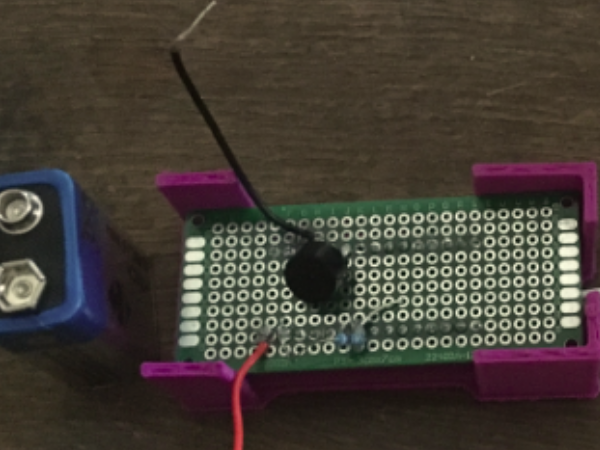
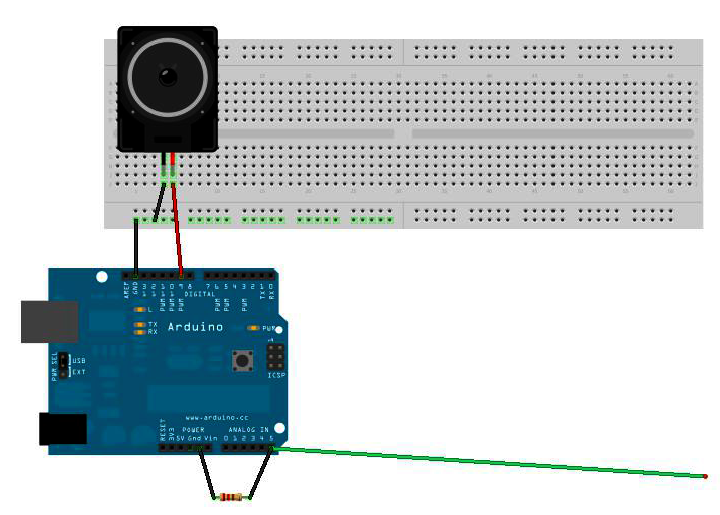
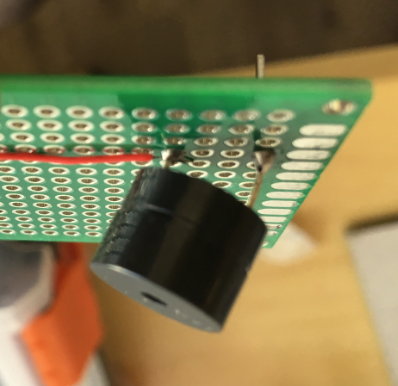
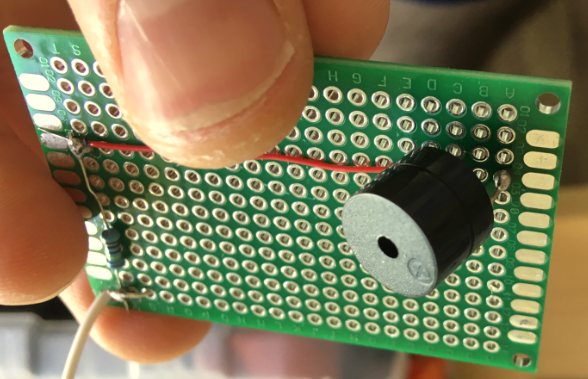
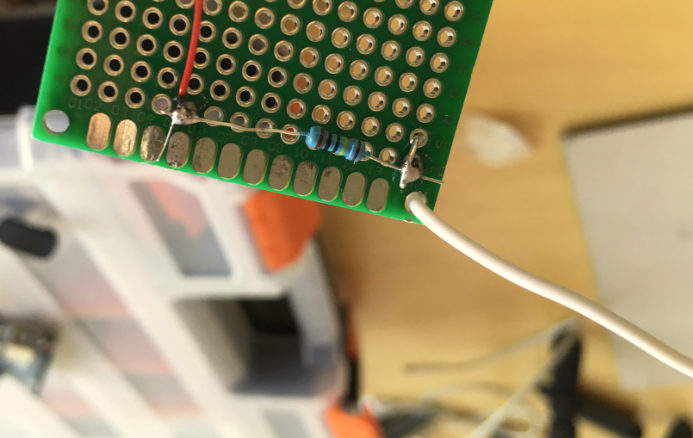
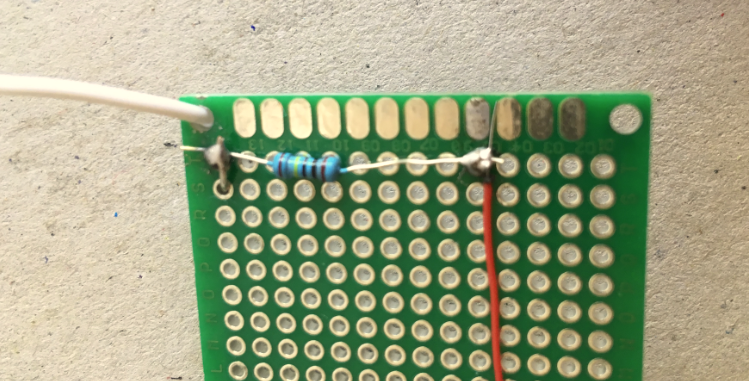
 Français
Français English
English Deutsch
Deutsch Español
Español Italiano
Italiano Português
Português